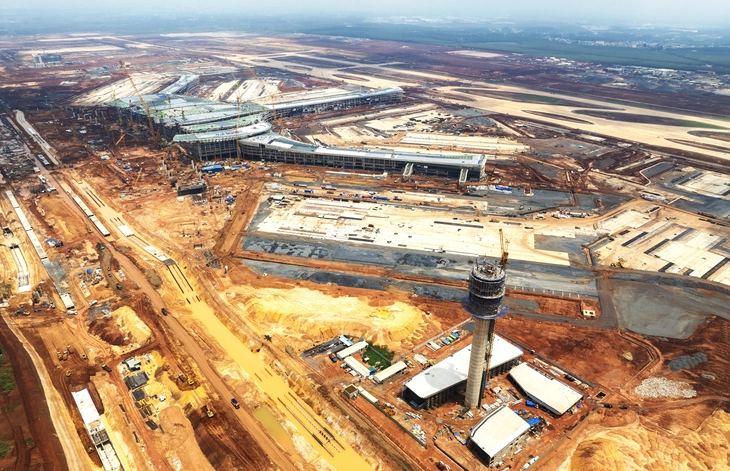
Long Thanh Airport ( Dong Nai ) is under construction (photo taken at the end of June) - Photo: VAN TRUNG
The main reason is the separation in planning and investment. Projects and functional areas are developed separately, lacking connections and not integrated into a comprehensive system. As a result, the overall value and efficiency are not promoted, and it does not help to thoroughly solve the country's infrastructure bottlenecks.

Mr. Do Thien Anh Tuan (Fulbright School of Public Policy and Management)
A typical example is Long Thanh airport (Dong Nai): although it has entered the final stage, the connection system with Ho Chi Minh City and key economic zones is still not complete.
The Ho Chi Minh City - Long Thanh - Dau Giay expressway is already overloaded, while expansion projects or connecting metro lines are only in the proposal stage.
A modern airport located in the middle of a weak transport network is like an infrastructure island, difficult to operate effectively and unable to fundamentally solve strategic infrastructure bottlenecks.
Similarly, the Cai Mep - Thi Vai deep-water port, although it has been invested for nearly 15 years and is capable of receiving large ships of up to 200,000 DWT, and can even serve trans-Pacific shipping routes, is still operating below capacity due to the lack of inland connection infrastructure. Goods from Binh Duong, Dong Nai, and Ho Chi Minh City must be transported by road through narrow roads, without railway logistics.
High logistics costs reduce competitiveness and make international shipping lines hesitant to bring services to the port.
Another shortcoming from Vietnam’s past decades of industrialization is that industrial zones have developed rapidly but lacked investment in accompanying social infrastructure. Workers from other places have poured in but there has been little concrete action to solve the problem of workers’ housing and schools for their children.
The above problems are not isolated but reflect the lack of coordination in planning and infrastructure investment, which is heavily vertical, fragmented and lacking integration. Ministries and sectors operate in a fragmented manner, and local planning is not linked to regional and national strategies. At the same time, investment thinking still tends towards the surface with large projects that leave an impression and are easy to inaugurate instead of focusing on connecting infrastructure and ancillary services.
As a result, billions of dollars of investment are potentially wasted each year due to infrastructure operating below capacity. High logistics costs reduce national competitiveness and hinder the ability to integrate deeply into global quality value chains.
To overcome this, Vietnam needs a new infrastructure development mindset, taking synchronization and multi-sectoral integration as the principle. Planning approval, capital allocation and implementation must be synchronous; transportation, industry, urban areas, education and health must be linked together as a whole, considering each large project as a link in the infrastructure development ecosystem. A strong coordination mechanism is needed at the central and regional levels, moving away from vertical thinking and strengthening inter-sectoral and inter-regional linkages.
Finally, we must change the way we mobilize and allocate resources, ensuring that investment decisions are accompanied by a full range of supporting items, from worker housing, logistics, social services to traffic connections, meaning that we must synchronize infrastructure ecosystems, avoiding the situation where everyone does their own thing, some do it first, others do it later. Infrastructure cannot be effective in practice if related components operate separately or are absent.
Vietnam is at a pivotal stage of the era of becoming a high-income country by 2045. To do so, it is necessary to boldly change the way of doing infrastructure from doing it for the sake of it to doing it for effective operation, considering this as a new thinking foundation for the country's comprehensive and long-term development.
In recent years, Vietnam has made great progress in developing transport, industrial and urban infrastructure. However, the lack of synchronous investment is becoming increasingly evident.
Source: https://tuoitre.vn/dau-tu-ha-tang-dung-chi-chay-theo-bieu-tuong-20250702080721434.htm



![[Photo] Prime Minister Pham Minh Chinh inspects and directs the work of overcoming the consequences of floods after the storm in Thai Nguyen](https://vphoto.vietnam.vn/thumb/1200x675/vietnam/resource/IMAGE/2025/10/08/1759930075451_dsc-9441-jpg.webp)

![[Photo] Prime Minister Pham Minh Chinh attends the World Congress of the International Federation of Freight Forwarders and Transport Associations - FIATA](https://vphoto.vietnam.vn/thumb/1200x675/vietnam/resource/IMAGE/2025/10/08/1759936077106_dsc-0434-jpg.webp)










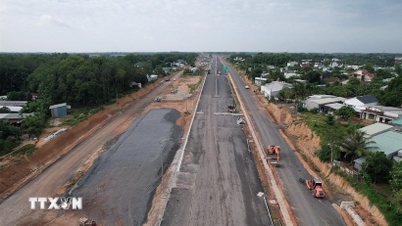

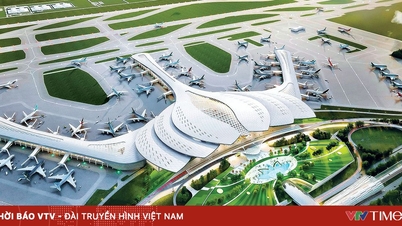







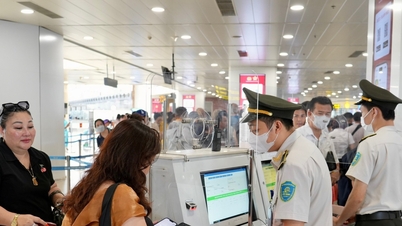






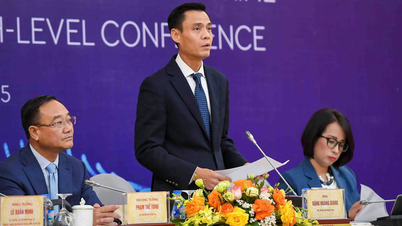





![[Photo] Closing of the 13th Conference of the 13th Party Central Committee](https://vphoto.vietnam.vn/thumb/1200x675/vietnam/resource/IMAGE/2025/10/08/1759893763535_ndo_br_a3-bnd-2504-jpg.webp)








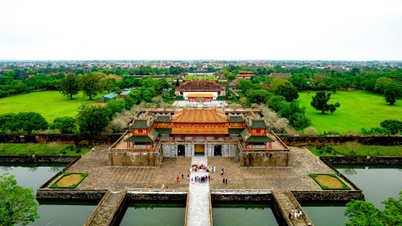

















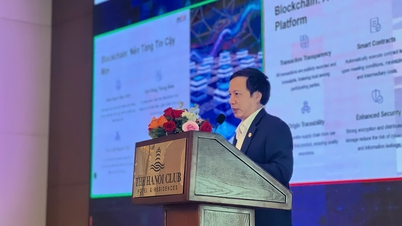





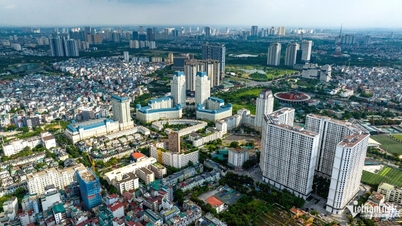
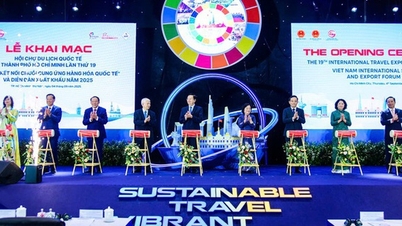




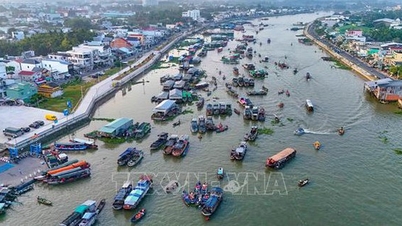





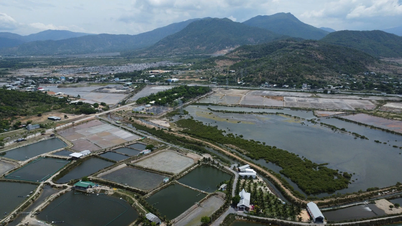
















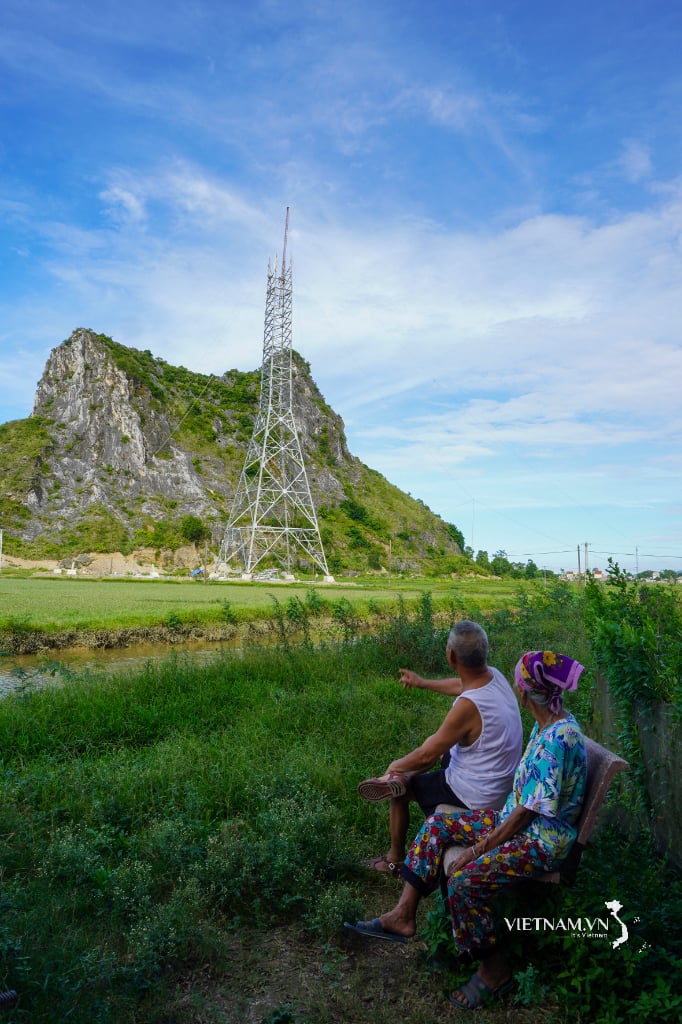

Comment (0)